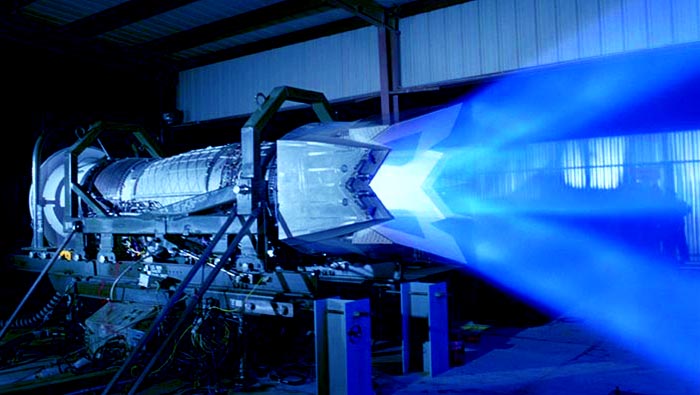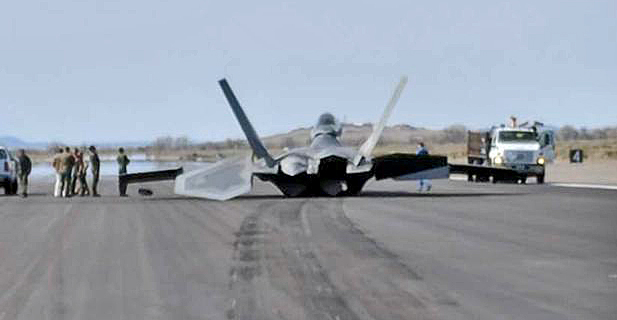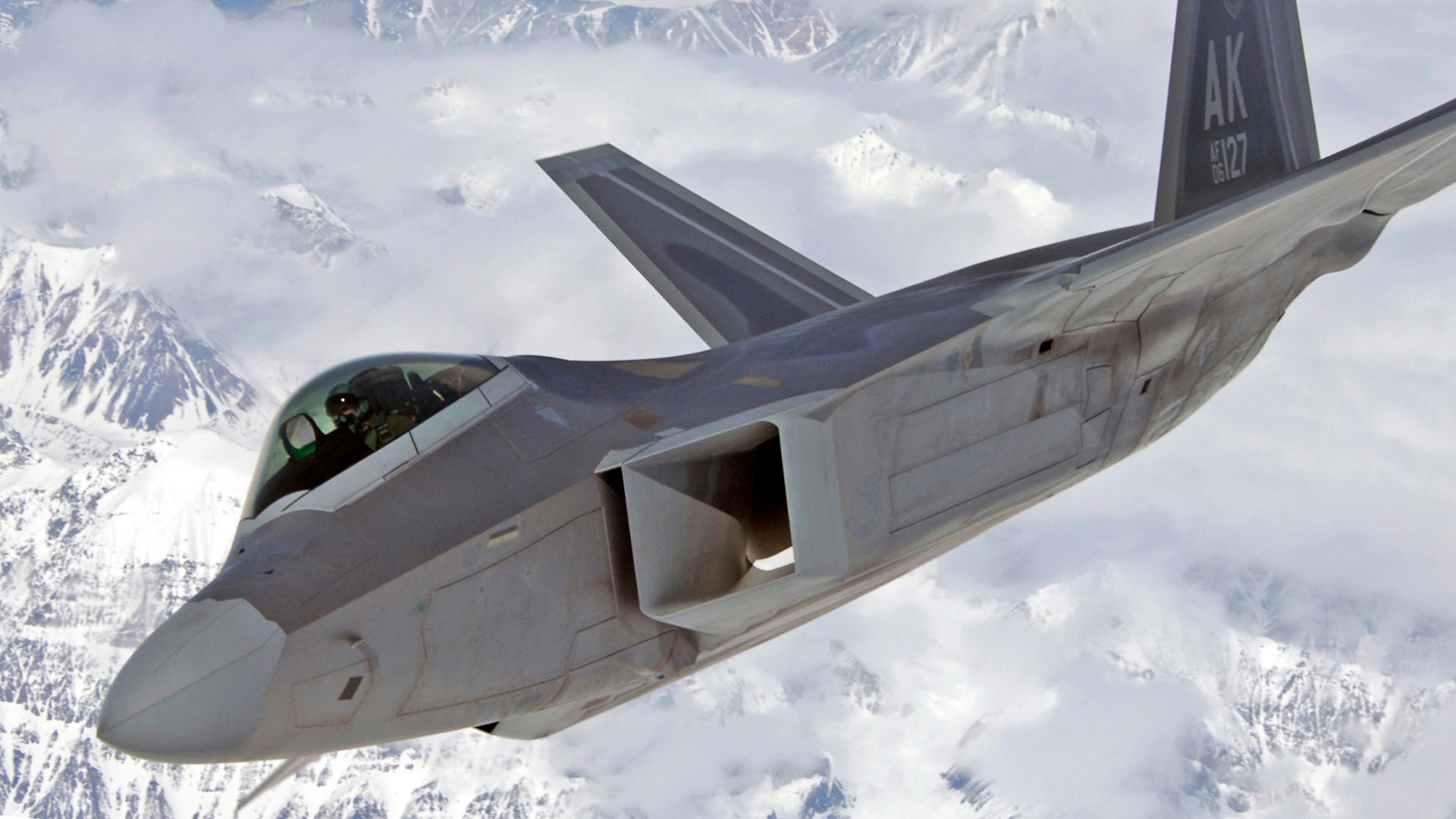Sources have told The War Zone that the F-22 belly landing at NAS Fallon on April 13th, 2018 came just days after yet another major incident involving an Alaska-based Raptor. During that event, we were told a Raptor pilot experienced a catastrophic engine failure of one of the jet’s F119 turbofan engines which led to the declaration of an in-flight emergency (IFE). Thankfully pilot recovered the jet safely on one engine.
The incident was said to have occurred at another airfield far from Alaska, this time at Tyndall AFB in Florida. The base is the home to F-22 pilot training as well as a major hub of other training activities, including live-fire drills.
We reached out to the USAF’s 673rd Air Base Wing at Joint Base Elmendorf-Richardson in Alaska to verify these claims, and although they were not willing to provide details, they did fully confirm that the incident occurred, stating in an email to The War Zone:
“We can confirm that a 3 WG F-22, assigned to the 90th Fighter Squadron, recently experienced an in-flight engine failure while operating out of Tyndall AFB, FL. The aircraft was able to land safely. hat event is under investigation. The underlying cause of the failure has yet to be determined at this time.”
We still don’t know if any major damage resulted from the engine failure, but it’s worth noting that the Raptor’s F119 powerplants cost roughly $10M each.

Total engine failures on fighter aircraft do occur, but they are especially rare on late-model types that leverage modern engine technology and materials science. What makes this incident even more interesting is that it occurred within a very close timeframe to the Fallon mishap. It also involved a Raptor from the same fighter wing and occurred while the jet was on temporary duty far away from its home base.
Sources state that the Fallon incident was also was caused at least in part by an engine failure, as we noted in our previous post:
“Info on the Raptor mishap at Fallon: The slide happened on takeoff. Appears to have been a left engine flameout when the pilot throttled up to take off. By the time he realized the engine was dead, he had already been airborne for a few seconds and raised the gear. The jet bounced for around 1500 feet, and then slide for about 5000 feet. They got it off the ground and on its landing gear last night, so the runway is clear. Chain is wanting it to be quiet still. It’s very fresh obviously. But it’s looking like the second engine failure on Elmo jets in a 7 day period.”

We will have to wait and see what the investigations into both incidents discover and if the Fallon belly landing was at least partially the result of an engine failure.
We will keep you updated as this story continues to develop.
Editor’s note: A special thanks to the public affairs shop at Elmendorf AFB. They have been prompt and understanding when it comes to inquiries related to the these less than positive incidents. Absolutely a pro team up there and we really appreciate their assistance.
Contact the author: Tyler@thedrive.com
